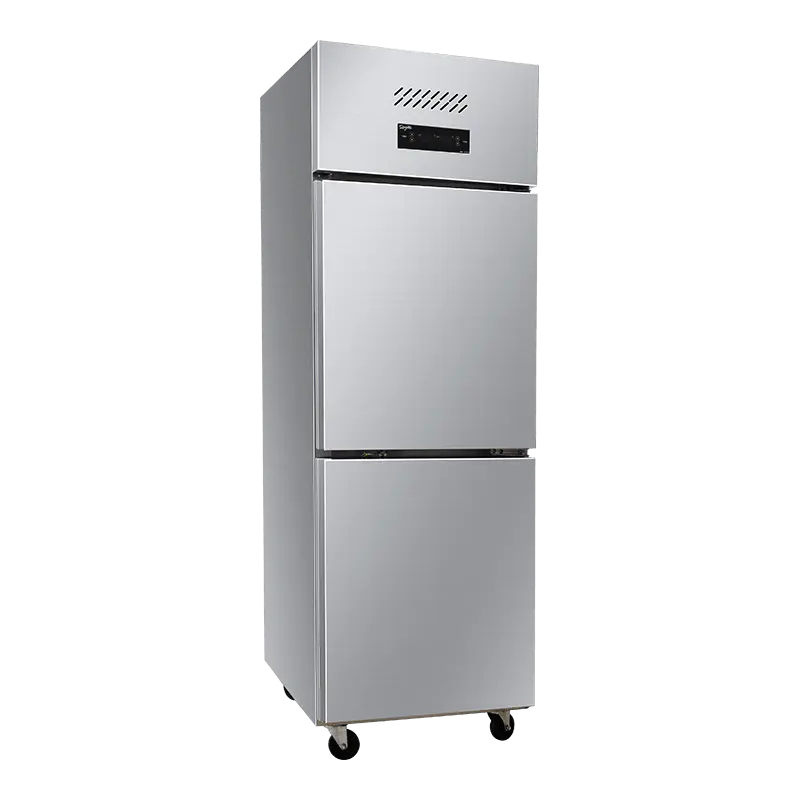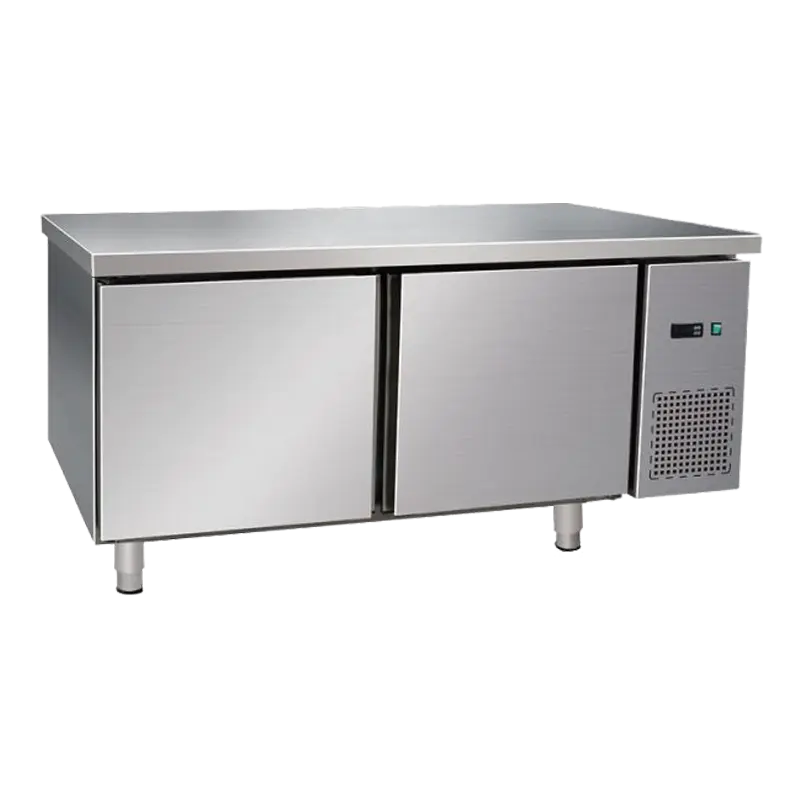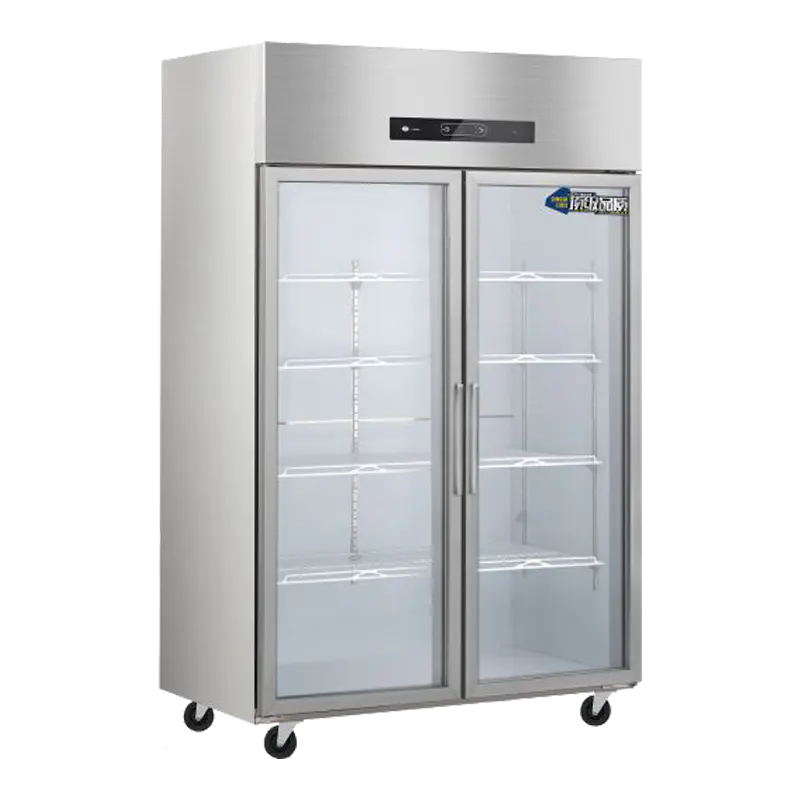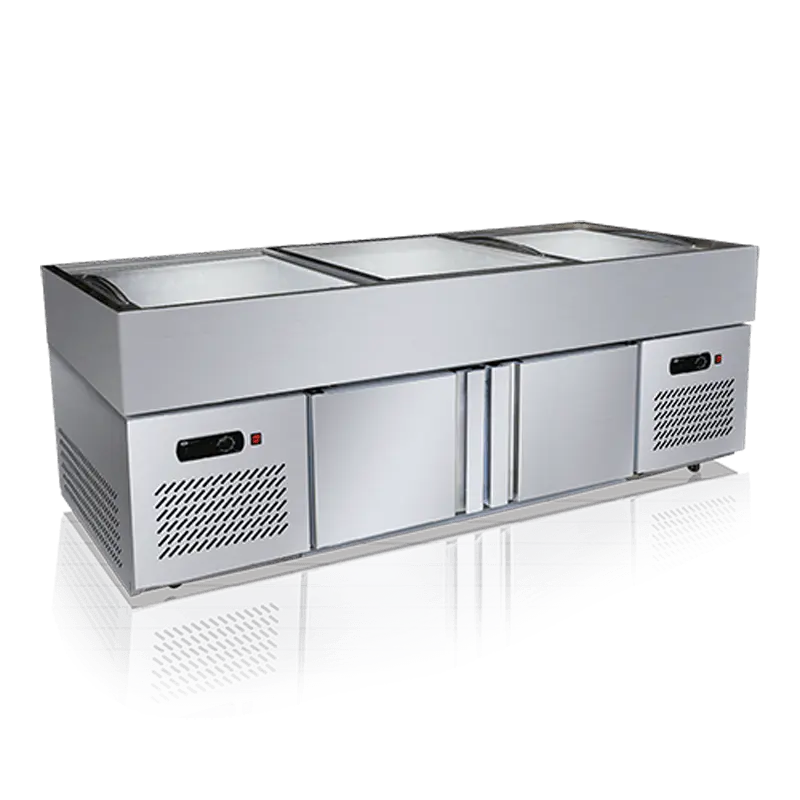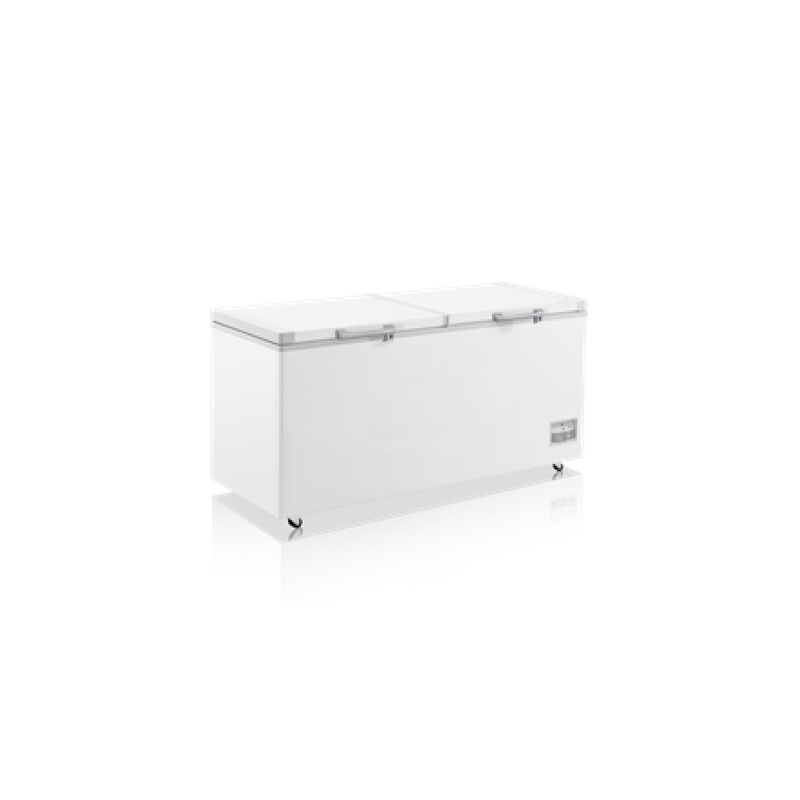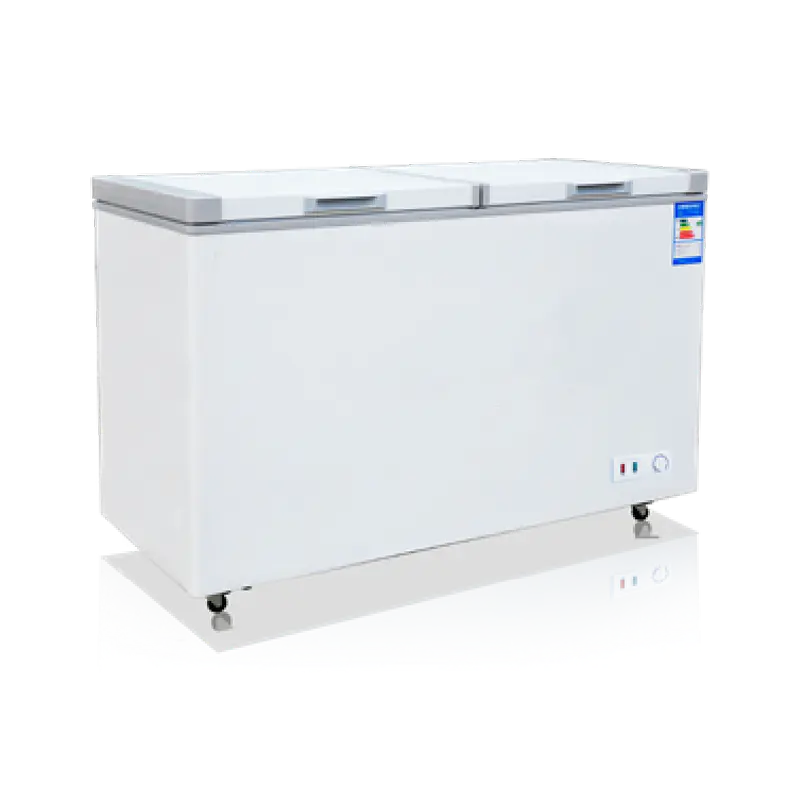How to Choose the Right Size Commercial Ice Maker for Your Business
Why “right size” matters for a commercial ice maker
Sizing is not just about how much ice you use on a slow day—it is about whether you can reliably meet demand during your busiest service window without overbuying equipment that wastes energy, space, and budget.
An undersized unit forces emergency ice runs, inconsistent drink quality, and service delays. An oversized unit increases upfront cost and may short-cycle (more wear) if the bin stays full. The goal is to match peak demand with realistic production and storage under your actual site conditions.
Estimate your daily ice demand with practical assumptions
Start with how many pounds (or kilograms) of ice you use per day, then validate it against your menu and volume. If you are opening a new concept, use conservative estimates and build a buffer.
Rule-of-thumb ice usage by application
- Fountain soda / iced tea (16–24 oz cup): typically 0.3–0.7 lb (0.14–0.32 kg) ice per drink
- Cocktails (shaken + served on ice): often 0.5–1.0 lb (0.23–0.45 kg) per drink depending on style
- Water service (iced water, refills): add 0.1–0.2 lb (0.05–0.09 kg) per guest in many dine-in settings
- Food display / seafood bar: commonly 1–2 lb (0.45–0.9 kg) per displayed item per hour (highly variable by setup)
A simple demand formula you can apply
Daily Ice Needed (lb/day) = (Cold Drinks × lb/drink) + (Guests × lb/guest) + (Display Ice lb/day) + (Blending / Specialty Ice lb/day) + 10–20% melt & waste
Worked example for a busy café
Assume 220 cold drinks/day (iced coffee + tea + soda) at 0.5 lb each = 110 lb. Add 60 guests requesting iced water at 0.15 lb = 9 lb. Add 15% waste = (110 + 9) × 0.15 = 17.85 lb. Total ≈ 137 lb/day. A practical target could be 150–180 lb/day to accommodate spikes.
Convert daily demand into the production size you should buy
Ice machine output is typically listed as “lb per 24 hours,” but your business consumes ice in bursts. Translate your demand into a production target that can recover fast enough during service.
Plan for peak hours, not just total daily volume
If 60% of your ice use happens in a 4-hour rush, you need either (a) high hourly production, or (b) enough bin storage to “pre-make” ice before the rush.
A practical way to size is to set a production target equal to daily demand × a real-world correction factor. This factor accounts for warmer rooms, warmer incoming water, door openings, and imperfect maintenance.
Use realistic rating conditions
Many manufacturers publish output at “ideal” conditions (commonly around 70°F air and 50°F water). In a hot kitchen or outdoor bar, output can drop meaningfully. As a planning assumption, expect 10–30% less production than the nameplate rating if your space is warm or poorly ventilated.
| If your estimated use is | Suggested rating target (lb/day) | Why |
|---|---|---|
| Up to 100 lb/day | 120–150 | Buffer for rushes and mild production loss |
| 100–250 lb/day | 150–325 | Common range for cafés and small restaurants |
| 250–500 lb/day | 325–650 | Bars, mid-size dining, high beverage volume |
| 500+ lb/day | 650+ (often modular) | Hotels, large venues, hospitals, banquet ops |
Choose the right bin capacity to match your service pattern
Production is only half the equation. Storage (bin) capacity determines whether you can handle short, intense rushes—especially if you rely on pre-built ice before peak periods.
A practical storage target
A common planning guideline is to store 30–50% of your daily ice demand on-site if your rushes are concentrated (happy hour, lunch peak, events). If demand is evenly distributed, you may be comfortable at 20–30%.
Bin size example for a bar
If a bar uses ~300 lb/day and most sales occur in a 5-hour window, targeting 120–150 lb of storage reduces the risk of running out when the machine cannot recover quickly enough during service.
- If your team frequently scoops ice during rushes, prioritize ergonomic access and bin opening clearance.
- If you use ice for multiple stations, consider distribution (ice dispenser, ice chute, or multiple undercounter units) to reduce long walks and spill loss.
Match machine type and ice shape to how you actually use ice
Ice type influences customer experience, drink dilution, speed of service, and machine sizing. A “right size” decision can be wrong if the ice format does not fit your menu.
Common ice types and best-fit uses
- Full/half cube: general-purpose, slower melt, strong for sodas and mixed drinks
- Nugget/chewable: popular for soft drinks and healthcare; can increase consumption because it is “snackable”
- Flake: ideal for food displays (seafood, produce) and rapid cooling; not ideal for most beverages
Undercounter vs modular head + bin
Undercounter units are space-efficient for small volumes and single stations. Modular heads paired with dedicated bins scale better for high-volume operations. If your demand is above roughly the “small restaurant” range, modular systems are often easier to service and expand.
Account for site conditions that reduce real-world ice output
Two businesses with the same menu can require different machine sizes because environmental and utility conditions directly impact production and uptime.
Key conditions to evaluate before you buy
- Air temperature and ventilation: hot, enclosed spaces can reduce output and increase service calls
- Incoming water temperature: warmer water generally means slower freezing and lower daily production
- Water quality: hard water and sediment increase scale buildup; filtration is often cheaper than downtime
- Electrical capacity: confirm voltage/phase requirements and whether the circuit is dedicated
- Drain setup: gravity drain vs pump drain can determine which models are feasible in your space
If any of these conditions are unfavorable, treat the published output as optimistic and size up accordingly. A robust planning assumption for demanding environments is to size so that your target demand is no more than 70–85% of the rated capacity.
Build in a buffer and decide when redundancy is worth it
Even well-maintained machines need periodic cleaning, filter changes, and occasional repairs. If running out of ice would shut down beverage sales, redundancy can be a rational business decision.
How much buffer is reasonable?
- Stable, predictable demand: plan 15–25% extra production capacity
- Highly variable demand (events, patio season, heat): plan 25–40% extra production capacity
- Mission-critical operations (hotel banquets, healthcare, high-volume bars): consider two smaller units instead of one large unit
A practical resilience strategy is “N+1” thinking: if one unit fails, you still have enough output to maintain core service, even if not full menu capacity.
Sizing examples by business type
Use these examples as starting points, then refine with your actual counts and peak patterns. The biggest sizing mistakes usually come from underestimating rush concentration and over-trusting ideal rating conditions.
| Business type | Common daily ice demand | Typical target rating | Storage emphasis |
|---|---|---|---|
| Small office / breakroom | 20–80 lb/day | 50–120 lb/day | Moderate (steady use) |
| Café / quick service | 80–200 lb/day | 120–300 lb/day | Medium (rush-driven) |
| Full-service restaurant | 150–350 lb/day | 250–500 lb/day | Medium to high |
| Cocktail bar / nightclub | 250–600 lb/day | 400–800+ lb/day | High (peak hours) |
| Hotel / banquet / venue | 500–2,000+ lb/day | 650–2,500+ lb/day | Very high (event spikes) |
A quick sizing worksheet you can use before requesting quotes
Bring the numbers below to vendors so you compare models on an apples-to-apples basis. This also reduces the risk of getting “upsold” into capacity you will never use.
Checklist
- Count cold drinks per day and apply a realistic lb/drink assumption for your serving style.
- Add non-beverage needs (food display, blending, prep) and include 10–20% for melt and waste.
- Identify the busiest 3–6 hour window and estimate what percent of ice is consumed then.
- Choose a bin size that can cover peak drawdown (often 30–50% of daily demand for rush-heavy operations).
- Apply a real-world correction: if the install area is warm or poorly ventilated, plan as if you will get 10–30% less output than the label rating.
- Decide whether one machine is acceptable risk or whether two smaller units improve uptime and service continuity.
Decision shortcut: If your corrected demand regularly approaches the rated daily output, size up or add storage. If your peak-hour draw is the problem, storage and distribution often matter more than chasing a slightly higher 24-hour rating.
Questions to ask vendors to confirm the commercial ice maker is truly “right sized”
Use these questions to validate performance and avoid surprises after installation.
- What rating conditions are used for the published lb/day output, and what is the expected output in my kitchen’s air and water temperatures?
- What bin capacity is compatible with this head, and what is the real usable ice volume (not just bin dimensions)?
- What filtration is recommended for my water quality, and how often do filters and cleanings need to happen to maintain output?
- What are the electrical and drainage requirements, and are there common installation constraints for this model (clearances, ventilation, heat rejection)?
- If the unit is down, what is the typical service turnaround and parts availability in my area?
If the vendor can map your demand worksheet to a specific production-and-storage plan (including corrections for site conditions), you are much more likely to land on the right size commercial ice maker for your business.


 English
English русский
русский Español
Español عربى
عربى

